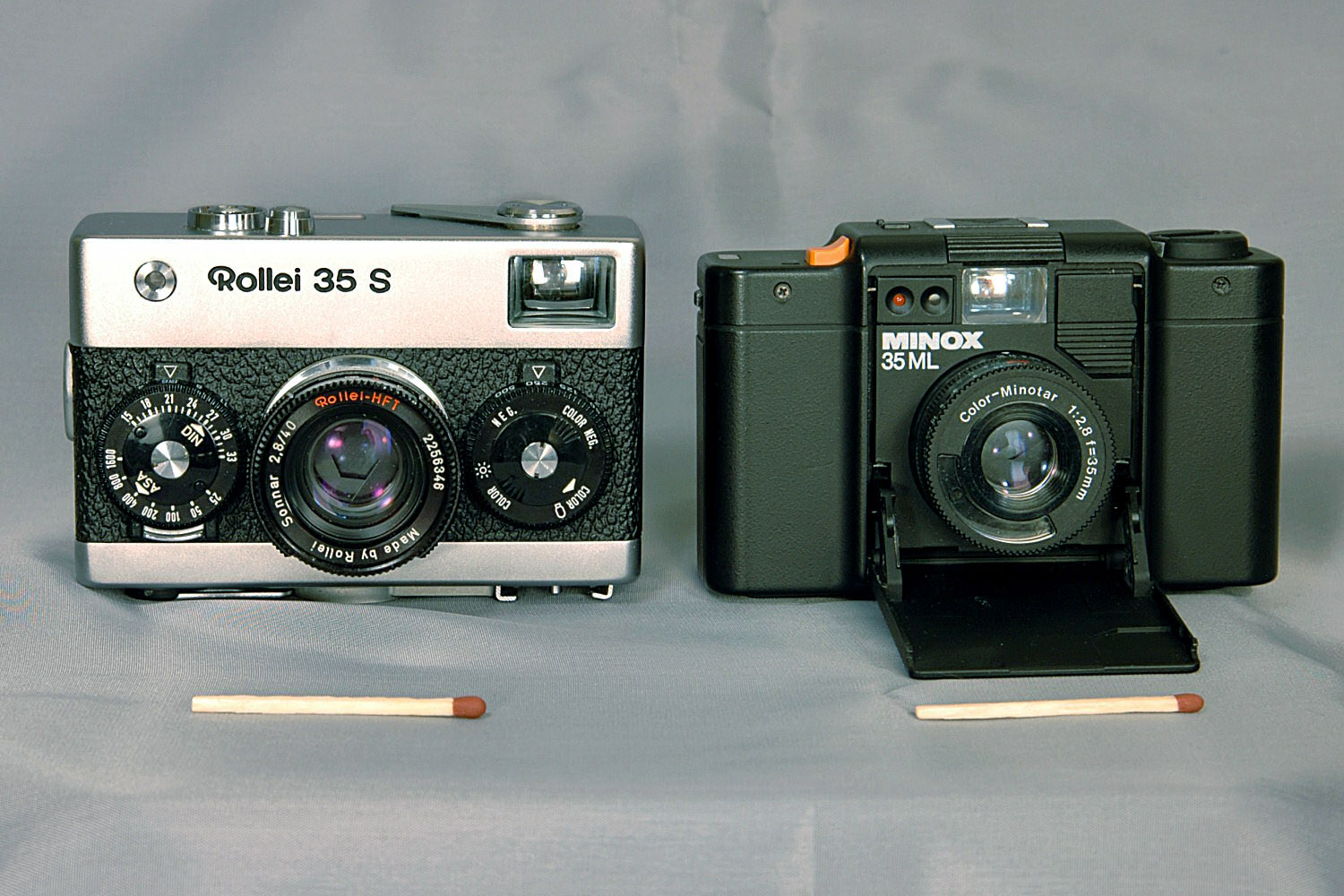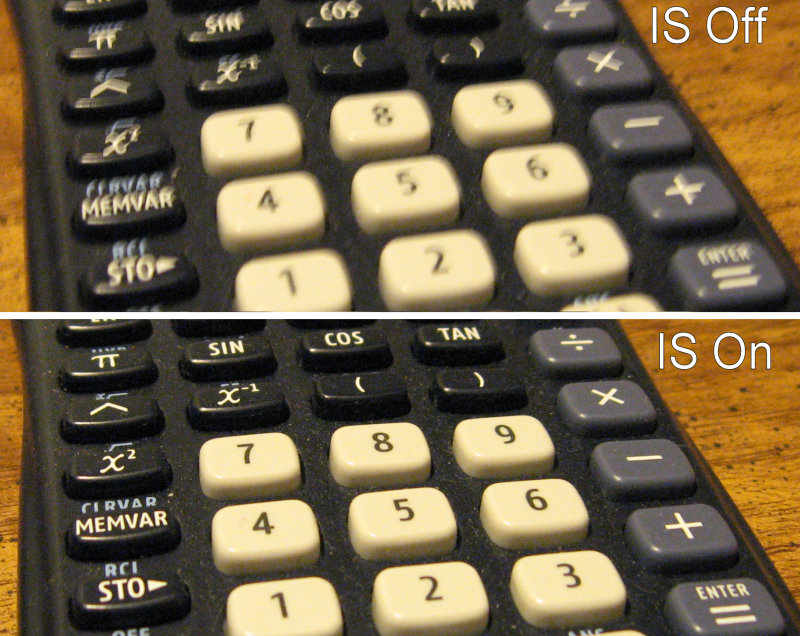|
Canon PowerShot SX520 HS
The Canon PowerShot SX520 HS is a digital compact camera announced by Canon Inc. on July 29, 2014. The point-and-shoot superzoom camera has a 16 megapixel sensor, 42x optical zoom, and full 1080p HD video capabilities. It replaced the SX 510 HS from previous year. The zoom was increased from 30x to 42x but unlike SX510 HS it does not support WiFi transfer for images and videos. This camera is equipped with optical Image Stabilization Image stabilization (IS) is a family of techniques that reduce motion blur, blurring associated with the motion of a camera or other imaging device during exposure (photography), exposure. Generally, it compensates for panning (camera), pan an ... technology, which reduces camera shake during videos and photo shooting and has a very good stabilizer. This camera records video in up to 1080p Full HD, with stereo sound via the two microphones located on the top of the camera. References * * SX520 HS Cameras introduced in 2014 Superzoom cameras ... [...More Info...] [...Related Items...] OR: [Wikipedia] [Google] [Baidu] |
Canon Inc
Canon Inc. (; Hepburn: ) is a Japanese multinational corporation headquartered in Ōta, Tokyo, specializing in optical, imaging, and industrial products, such as lenses, cameras, medical equipment, scanners, printers, and semiconductor manufacturing equipment. Canon has a primary listing on the Tokyo Stock Exchange and is a constituent of the TOPIX Core 30 and Nikkei 225 indexes. It used to have a secondary listing on the New York Stock Exchange. Name The company was originally named (). In 1934, it produced the ''Kwanon'', a prototype for Japan's first-ever 35mm camera with a focal-plane-based shutter. In 1947, the company name was changed to ''Canon Camera Co., Inc.'', shortened to ''Canon Inc.'' in 1969. The name Canon comes from Buddhist bodhisattva (), previously transliterated as Kuanyin, Kwannon, or Kwanon in English. History 1933–1970 The origins of Canon date back to the founding of Precision Optical Instruments Laboratory in Japan in 1933 by Takeshi Mitarai, ... [...More Info...] [...Related Items...] OR: [Wikipedia] [Google] [Baidu] |
Point-and-shoot
A point-and-shoot camera, also known as a compact camera and sometimes abbreviated to P&S, is a still camera (either film or digital) designed primarily for simple operation. Most use focus free lenses or autofocus for focusing, automatic systems for setting the exposure options, and have flash units built in. They are popular for vernacular photography by people who do not consider themselves photographers but want easy-to-use cameras for snapshots of vacations, parties, reunions and other events. Most compact digital cameras use small 1/2.3-type (“1/2.3-inch”) image sensors, but since 2008, a few non-interchangeable lens compact cameras use a larger sensor such as 1.0-type (“1-inch”), APS-C (e.g. Fujifilm X100 series), or even full frame (e.g. Sony RX1 series). Most models prioritize being operated in auto mode, but some high end point-and-shoot cameras have PASM (program, aperture priority, shutter priority, and manual modes) on the mode dial, raw image format, ... [...More Info...] [...Related Items...] OR: [Wikipedia] [Google] [Baidu] |
Superzoom
A superzoom or ultrazoom lens is a type of photographic zoom lens with unconventionally large focal length factors, typically ranging from wide angle to extreme long lens focal lengths in one lens. There is no clear definition of a superzoom lens, but the name generally covers lenses that have a range well above the 3× or 4× (e.g., 28-85 mm or 70-210 mm) of a standard zoom lens, with lenses being 10×, 12×, 18×, or above considered superzoom. Advantages of a superzoom lens include compositional flexibility, reduced need to swap lenses, and enhanced portability by consolidating the functionality of multiple lenses into one. Due to trade-offs in the optical design, superzoom lenses are noted for having poorer optical quality at the extreme ends of their zoom ranges, often due to distortion. The longer focal lengths are usually accompanied by optical image stabilization in order to be usable handheld A mobile device or handheld device is a computer small enough to hold an ... [...More Info...] [...Related Items...] OR: [Wikipedia] [Google] [Baidu] |
Megapixel
In digital imaging, a pixel (abbreviated px), pel, or picture element is the smallest addressable element in a Raster graphics, raster image, or the smallest addressable element in a dot matrix display device. In most digital display devices, pixels are the smallest element that can be manipulated through software. Each pixel is a Sampling (signal processing), sample of an original image; more samples typically provide more accurate representations of the original. The Intensity (physics), intensity of each pixel is variable. In color imaging systems, a color is typically represented by three or four component intensities such as RGB color model, red, green, and blue, or CMYK color model, cyan, magenta, yellow, and black. In some contexts (such as descriptions of camera sensors), ''pixel'' refers to a single scalar element of a multi-component representation (called a ''photosite'' in the camera sensor context, although ''wikt:sensel, sensel'' is sometimes used), while in yet ... [...More Info...] [...Related Items...] OR: [Wikipedia] [Google] [Baidu] |
Optical Zoom
A zoom lens is a system of camera lens elements for which the focal length (and thus angle of view) can be varied, as opposed to a fixed-focal-length (FFL) lens (''prime lens''). A true zoom lens or optical zoom lens is a type of '' parfocal lens'', one that maintains focus when its focal length changes. Most consumer zoom lenses do not maintain perfect focus, but are still nearly parfocal. Most camera phones that are advertised as having optical zoom actually use a few cameras of different but fixed focal length, combined with digital zoom to make a hybrid system. The convenience of variable focal length comes at the cost of complexity – and some compromises on image quality, weight, dimensions, aperture, autofocus performance, and cost. For example, all zoom lenses suffer from at least slight, if not considerable, loss of image resolution at their maximum aperture, especially at the extremes of their focal length range. This effect is evident in the corners of the image, ... [...More Info...] [...Related Items...] OR: [Wikipedia] [Google] [Baidu] |
1080p
1080p (1920 × 1080 progressively displayed pixels; also known as Full HD or FHD, and BT.709) is a set of HDTV high-definition video modes characterized by 1,920 pixels displayed across the screen horizontally and 1,080 pixels down the screen vertically; the ''p'' stands for progressive scan, ''i.e.'' non- interlaced. The term usually assumes a widescreen aspect ratio of 16:9, implying a resolution of 2.1 megapixels. It is often marketed as Full HD or FHD, to contrast 1080p with 720p resolution screens. Although 1080p is sometimes referred to as 2K resolution (meaning having a horizontal resolution of approximately 2,000 pixels), other sources differentiate between 1080p and (true) 2K resolution. 1080p video signals are supported by ATSC standards in the United States and DVB standards in Europe. Applications of the 1080p standard include television broadcasts, Blu-ray Discs, smartphones, Internet content such as YouTube videos and Netflix TV shows and movi ... [...More Info...] [...Related Items...] OR: [Wikipedia] [Google] [Baidu] |
Image Stabilization
Image stabilization (IS) is a family of techniques that reduce motion blur, blurring associated with the motion of a camera or other imaging device during exposure (photography), exposure. Generally, it compensates for panning (camera), pan and tilt (camera), tilt (angular movement, equivalent to aircraft principal axes, yaw and pitch) of the imaging device, though electronic image stabilization can also compensate for rotation about the optical axis (aircraft principal axes, roll). It is mainly used in high-end image-stabilized binoculars, digital camera, still and video camera, video cameras, astronomical telescopes, and also smartphones. With still cameras, camera shake is a particular problem at slow shutter speeds or with long focal length lenses (telephoto lens, telephoto or zoom lens, zoom). With video cameras, camera shake causes visible frame-to-frame jitter (optics), jitter in the recorded video. In astronomy, the problem of lens shake is added to Astronomical seeing, ... [...More Info...] [...Related Items...] OR: [Wikipedia] [Google] [Baidu] |
Canon PowerShot Cameras
Canon or Canons may refer to: Arts and entertainment * Canon (fiction), the material accepted as officially written by an author or an ascribed author * Literary canon, an accepted body of works considered as high culture ** Western canon, the body of high culture literature, music, philosophy, and works of art that is highly valued in the West * Canon of proportions, a formally codified set of criteria deemed mandatory for a particular artistic style of figurative art * Canon (music), a type of composition * Canon (hymnography), a type of hymn used in Eastern Orthodox Christianity. * ''Canon'' (album), a 2007 album by Ani DiFranco * ''Canon'' (film), a 1964 Canadian animated short * ''Canon'' (manga), by Nikki * Canonical plays of William Shakespeare * ''The Canon'' (Natalie Angier book), a 2007 science book by Natalie Angier * ''The Canon'' (podcast), concerning film Brands and enterprises * Canon Inc., a Japanese imaging and optical products corporation * Château ... [...More Info...] [...Related Items...] OR: [Wikipedia] [Google] [Baidu] |
Cameras Introduced In 2014
A camera is an instrument used to capture and store images and videos, either digitally via an electronic image sensor, or chemically via a light-sensitive material such as photographic film. As a pivotal technology in the fields of photography and videography, cameras have played a significant role in the progression of visual arts, media, entertainment, surveillance, and scientific research. The invention of the camera dates back to the 19th century and has since evolved with advancements in technology, leading to a vast array of types and models in the 21st century. Cameras function through a combination of multiple mechanical components and principles. These include exposure control, which regulates the amount of light reaching the sensor or film; the lens, which focuses the light; the viewfinder, which allows the user to preview the scene; and the film or sensor, which captures the image. Several types of camera exist, each suited to specific uses and offering unique cap ... [...More Info...] [...Related Items...] OR: [Wikipedia] [Google] [Baidu] |





